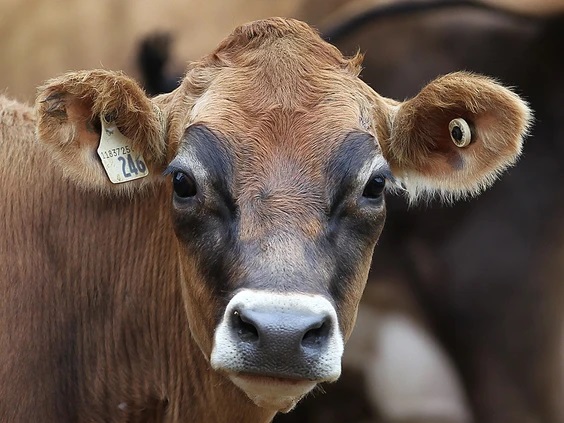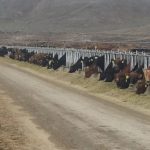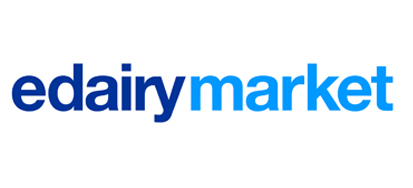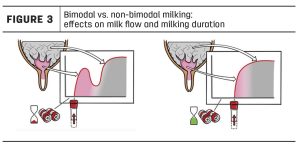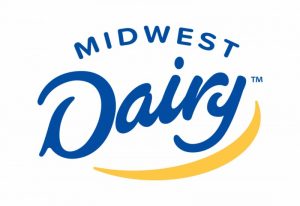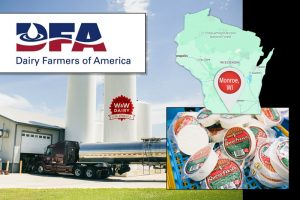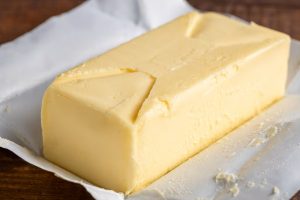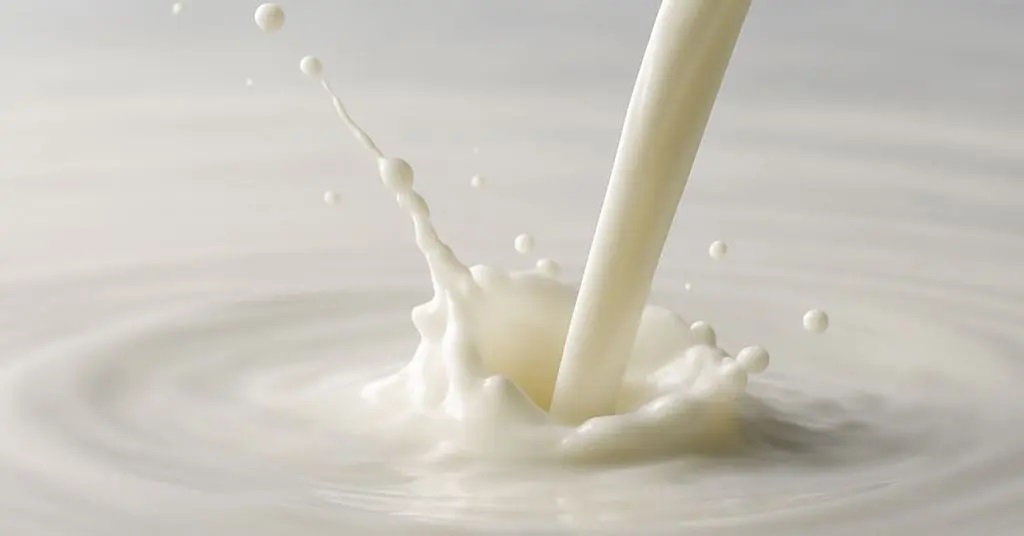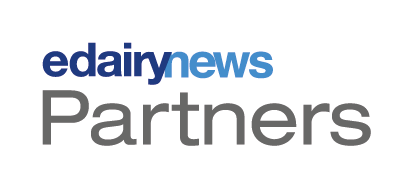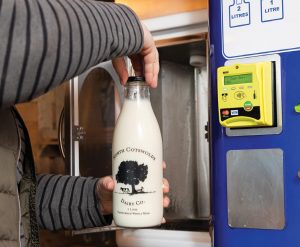
Over the past few weeks, the Dairy Farmers of Canada, with the full backing of the Bloc Québécois, has launched a well-coordinated charm offensive to extol the virtues of supply management.
According to its proponents, this system is the best tool to safeguard Canada’s food sovereignty. But beyond the usual slogans, hard data on actual production costs, profit margins, and the broader economic impacts on consumers and processors is conspicuously absent.
Supply management, in its current form, rests on the logic of state-administered scarcity — a delicate balance that more closely resembles a house of cards. While often portrayed as a stabilizing force for dairy producers, it conceals a set of opaque mechanisms that are poorly understood by the public — and, more troublingly, by many of our elected officials.
When Canada signs major trade agreements — such as CUSMA, CETA, or the CPTPP — the federal government often makes tariff concessions to its trading partners. Yet dairy producers never incur a net financial loss. Why? Because they are routinely compensated — generously — with billions in public funds, even when the import quotas allocated under these agreements go largely unfilled.
Moreover, production quotas — now treated as high-value financial assets — are allocated to producers at no cost. These quotas are currently valued between $24,500 and $55,000 per unit.
On average, a single dairy farm now holds over $2 million in quota value. The more quota a producer receives, the more wealth they can accumulate — either by expanding production or by reselling quota on a loosely regulated secondary market. In some cases, these publicly granted entitlements have yielded windfall profits for their holders, all while marketing boards remain silent.
On top of this, the system provides “incentive days,” allowing producers to exceed their quotas without penalty. These additional production days generate further income in a framework already engineered to ensure profitability. When production outpaces demand? The excess milk is dumped. In this model, waste isn’t an accident — it’s a structural feature.
This has a cost. Canada’s processors, artisanal cheesemakers, and restaurateurs are forced to contend with some of the highest industrial milk prices in the world. Innovation is stifled, competitiveness erodes, and the agility of our agri-food sector is compromised.
Unsurprisingly, countries that once embraced similar models — Australia, New Zealand, South Korea, the United Kingdom, and several EU member states — have since dismantled them in the name of economic efficiency and transparency.
In Canada, however, the status quo continues to benefit a closed, protected, and largely unaccountable system. The “Buttergate” controversy — where it was revealed that dairy cows were being fed palm-oil byproducts — alongside annual footage of milk being dumped, are merely the visible symptoms of a much deeper problem. The current model disincentivizes efficiency, perpetuates opacity, and erodes public trust.
This is not about vilifying producers. They play a critical role in national food security. But if they want to retain public support, they must commit to honest dialogue, grounded in facts, transparency, and a willingness to modernize. The time of behind-the-scenes lobbying, political complacency, and unconditional media endorsements must give way to a more rigorous and evidence-based conversation.
Canadians deserve full access to the facts about supply management. And our decision-makers — regardless of political stripe — must finally acknowledge the economic, trade, and social distortions created by a model that has become politically untouchable.
Sylvain Charlebois is a professor and senior director of the Agri-Food Analytics Lab at Dalhousie University and co-host of The Food Professor podcast.
You can now read the most important #news on #eDairyNews #Whatsapp channels!!!
🇺🇸 eDairy News INGLÊS: https://whatsapp.com/channel/0029VaKsjzGDTkJyIN6hcP1K
